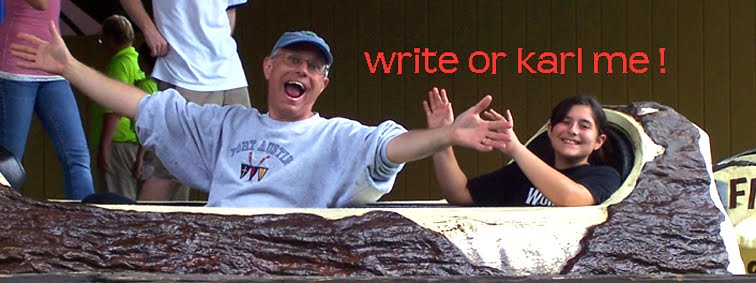
XM Satellite Radio is scheduled to pass away on or about November 15th. Born September 25, 2001, XM lived for seven good years and was loved by many. Now, the radio service that changed our way of listening and introduced us to many new musicians and talk personalities is about to be swallowed by Sirius the whale. On the brink of its own extinction, Sirius revived itself in 2006 becoming a one trick pony by signing shock jock Howard Stern. This once-meek satellite service is now inheriting the earth.
As the consolidation of these two recently-merged companies continues, programming will become more and more a simulcast than two different distinct flavors. Many XM employees have already been dismissed from their headquarters based in
I mourn this loss. XM Radio was revolutionary in presenting a wide and vast variety of music from nearly every conceivable genre. Where else could you hear eclectic channels filled with movie music, Broadway tunes, bluegrass, blues, Mexican tunes or hits from the 1940s? XM introduced me to many, many new artists and I began to love radio again. I had not enjoyed a renaissance like this since the advent of free-form FM radio in the late 60s.
XM’s glory days are sadly about to end. If predictions prove true, November 15th will be the day the XM music died. The switch will be thrown and the Sirius channels will reign. The past seven years will always be remembered fondly. XMs music was hosted by many, many knowledgeable and enthusiastic expert hosts who really had passion for their music. Listeners developed strong relationships with all the XM presenters who gladly served as great teachers and entertainers to us all. Goodbye, my friends, and thanks for some great times!
Sirius Satellite Radio, chaired by media mogul Mel Karmazin, has always been known to emulate “real” (terrestrial) radio and its narrow playlists. XM had a similar series of monotonous channels that were managed by another media monster, Clear Channel, but those in the know avoided them at all costs. I will try to keep an open mind and sample the Sirius offerings in the weeks and months to come. Only time will tell if the new Sirius programming will grow or wilt.
The consolidation of XM and Sirius certainly will not increase their overall popularity. There is little incentive to invest in equipment and subscriptions to a medium that might soon be defunct or obsolete.
In the future, satrad’s biggest competition may be the Internet offering thousands and thousands of worldwide broadcasters vying for our attention. This system of distribution is just about to flower and bloom. My only wish is that music and performance royalty regulations will not squelch the homebrew feel of many of today’s Internet micro-broadcasters producing programs in basements nationwide. Public access radio might finally get its day in the sun, but expect heavy protest from the entrenched media establishment. Independent Internet radio is the strongest hope for


